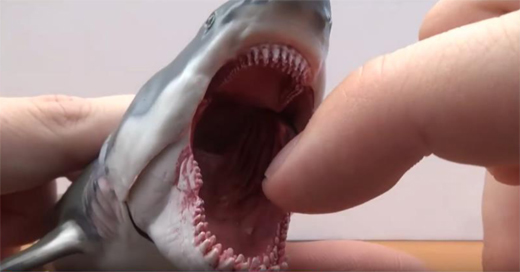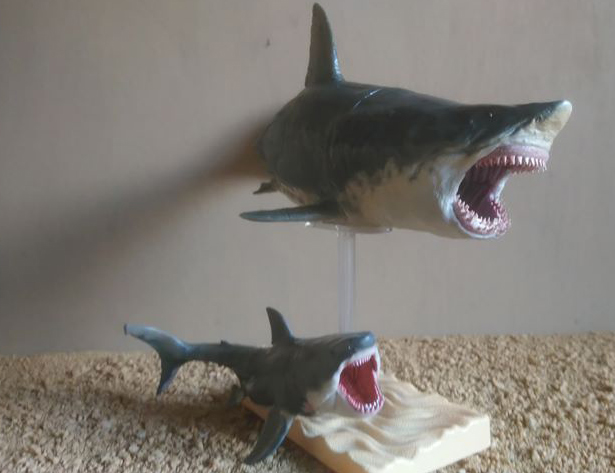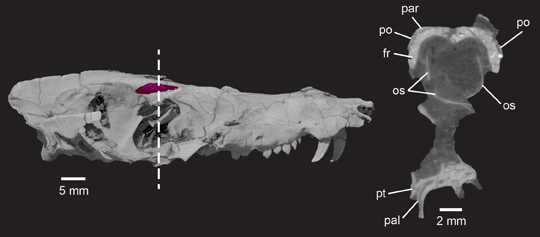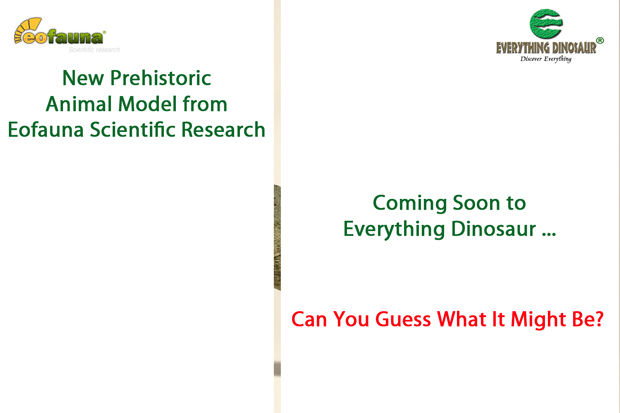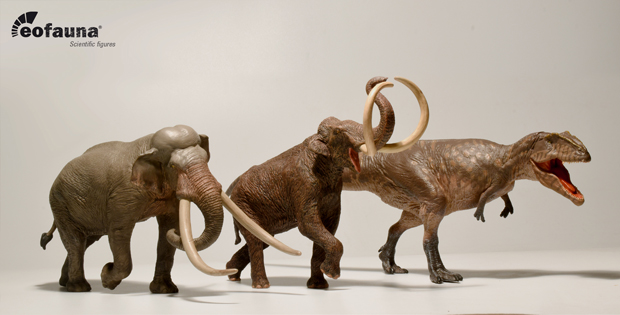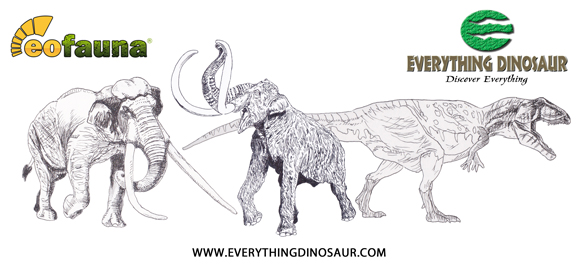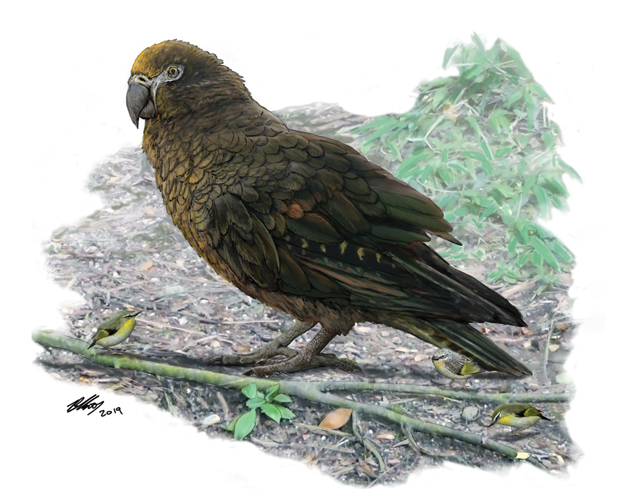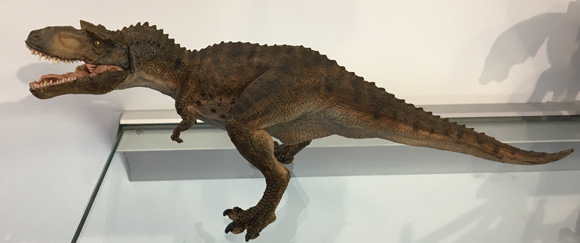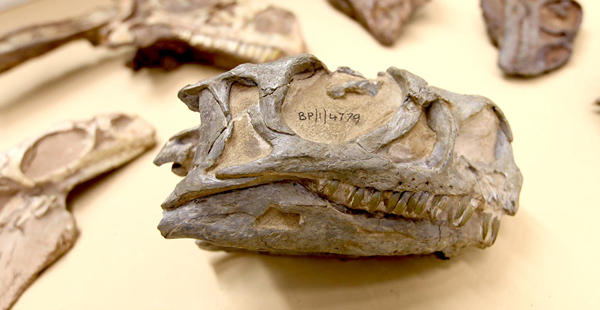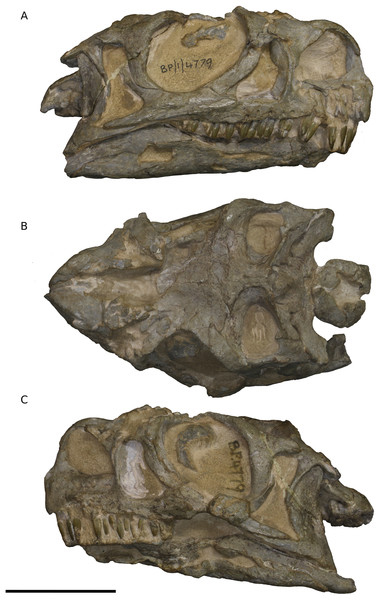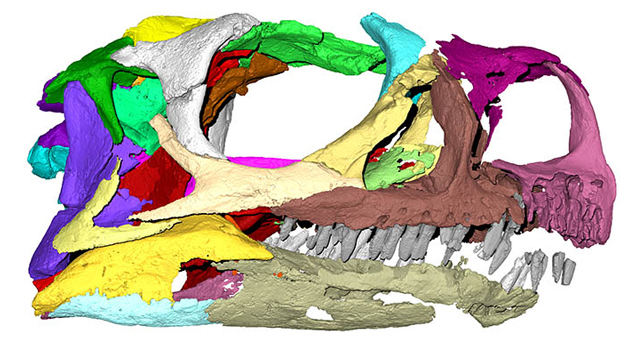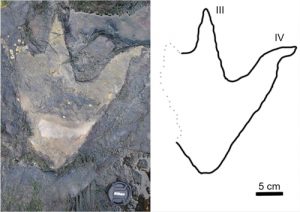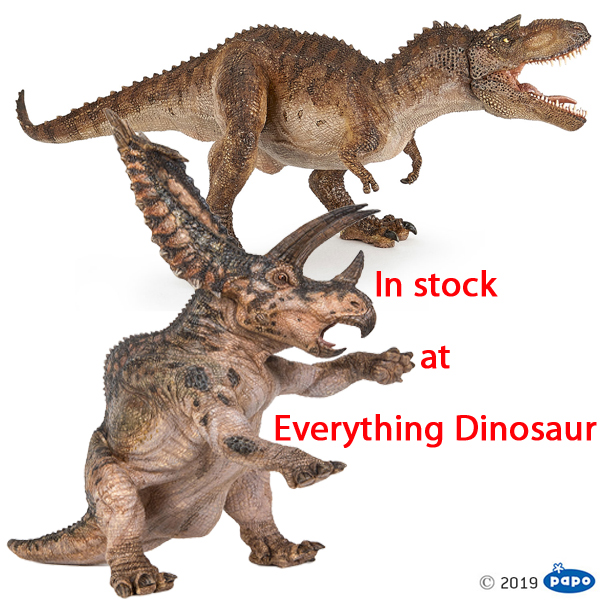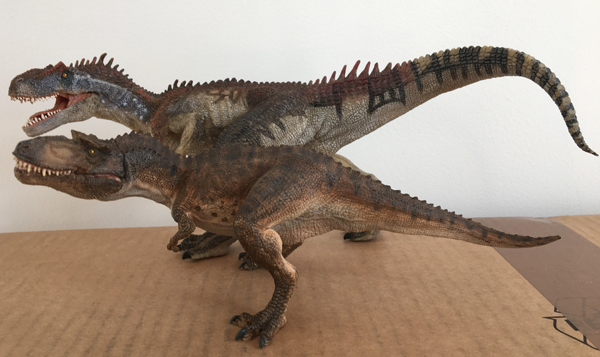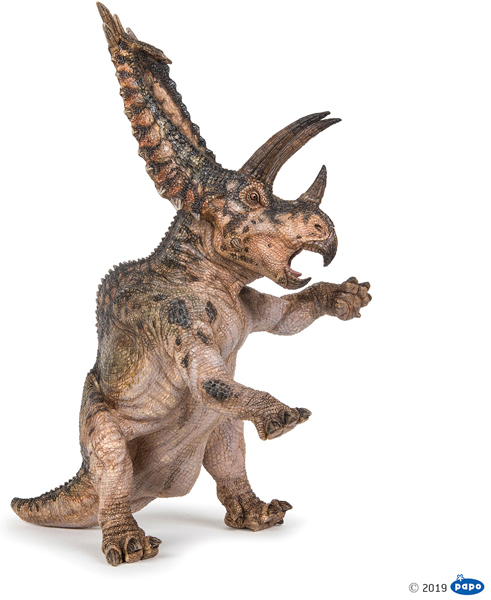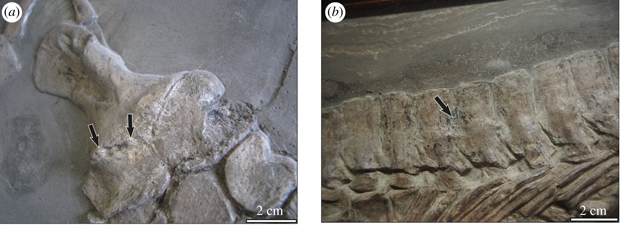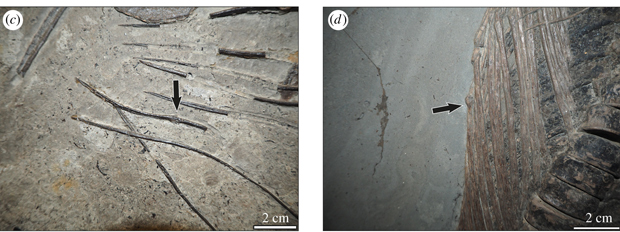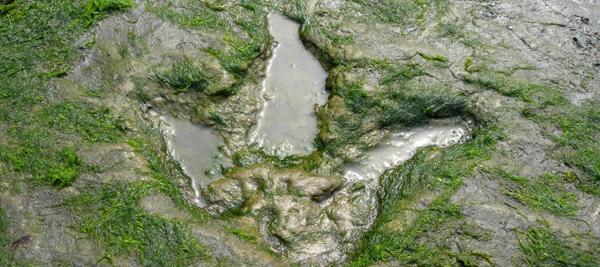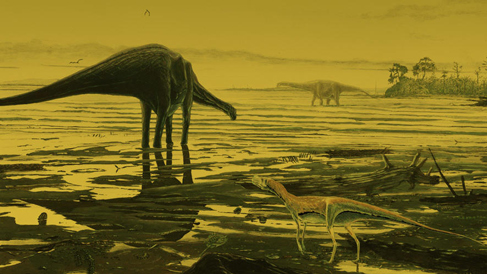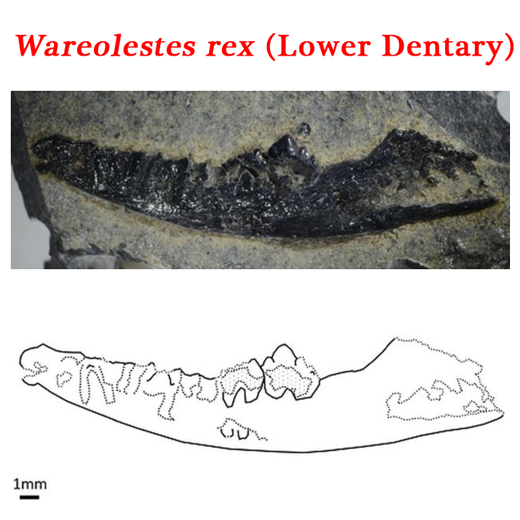PNSO Megalodon (2019) Video Review
A Video Review of the PNSO Megalodon Model (Patton)
Our thanks to the talented “Matthew the Dinosaur King” for posting up a video review of the recently introduced PNSO Megalodon model with an articulated lower jaw. In this short video review, the narrator discusses the taxonomy of this famous prehistoric shark and then examines the model in detail.
The Video Review of the PNSO Megalodon Shark Model
Video credit: Matthew the Dinosaur King
Ancestor of the Great White Shark?
In this very informative video, Matthew comments on the problems involved with classifying this prehistoric fish when palaeontologists have only got the teeth and a few calcified vertebrae to study. He points out that most scientists consider this shark to be a member of the Odontidae family (pronounced Oh-don-tid-day). It had been thought that this prehistoric shark was closely related to and the direct ancestor of the Great White shark (Carcharodon carcharias).
PNSO Megalodon
It is likely that Megalodon filled a similar position in the marine ecosystem as the extant Great White, that of an apex predator, hunting and consuming a wide variety of prey including marine mammals. Any resemblance between Carcharodon carcharias and Megalodon (now, commonly described as Carcharocles megalodon), could be attributed to convergent evolution. In 2012, Everything Dinosaur produced a short article about a fossil discovery that indicated that Great White sharks could be descended from ancient Mackerel sharks: Getting Our Teeth into the Origins of the Great White Shark.
The Video Review Also Shows the PNSO Megalodon Packaging
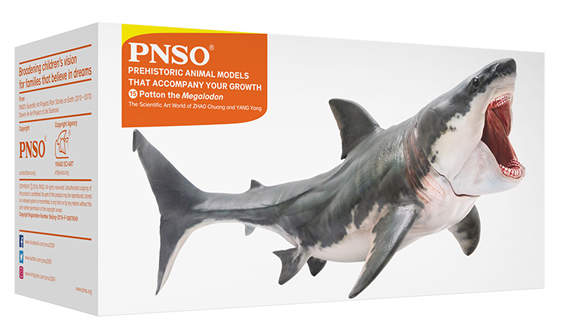
Visit the Everything Dinosaur website: Everything Dinosaur.
What is in the PNSO Megalodon Box?
The reviewer takes time to examine the packaging of this model. The box is examined in detail and the clear plastic support base that helps to protect the model in transit is shown. The plastic base can be used to help display this figure, although it does balance quite well on its pectoral and small pelvic fins.
In the video, the articulated jaw of this figure is highlighted. Other models of Megalodon have been produced before, for example, the narrator comments on the Wild Safari Prehistoric World Megalodon model (introduced in 2014), but “Patton” as PNSO has named this shark figure, has an articulated lower jaw.
A Close View of the Articulated Lower Jaw of the PNSO “Patton” the Megalodon Shark Figure
Video image credit: Matthew the Dinosaur King
A New for 2019 Shark Figure
This new for 2019 PNSO figure has certainly proved popular with collectors. This is the second Carcharocles megalodon model to have been produced by PNSO, both figures are available (whilst stocks last from Everything Dinosaur). Our thanks to model collector Luke who sent into us a photograph of his recently purchased pair of “Pattons”. Both the figure with the articulated jaw and the larger model with a stand, are called “Patton”.
The Two PNSO Megalodon Models on Display
Picture credit: Luke
We thank Luke for his photograph and for “Matthew the Dinosaur King” for providing such an excellent video review.
Everything Dinosaur recommends that readers subscribe to the YouTube channel of “Matthew the Dinosaur King”: “Matthew the Dinosaur King” on YouTube.
To see all the PNSO prehistoric animal models currently in stock at Everything Dinosaur, including the two PNSO Megalodon figures: PNSO Age of Dinosaurs and Prehistoric Animal Models.
Note
This genus has been reclassified and most palaeontologists accept the binomial name of Otodus megalodon.


